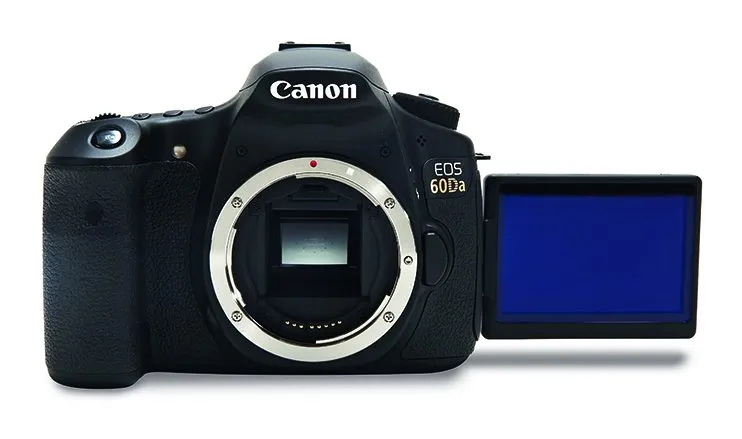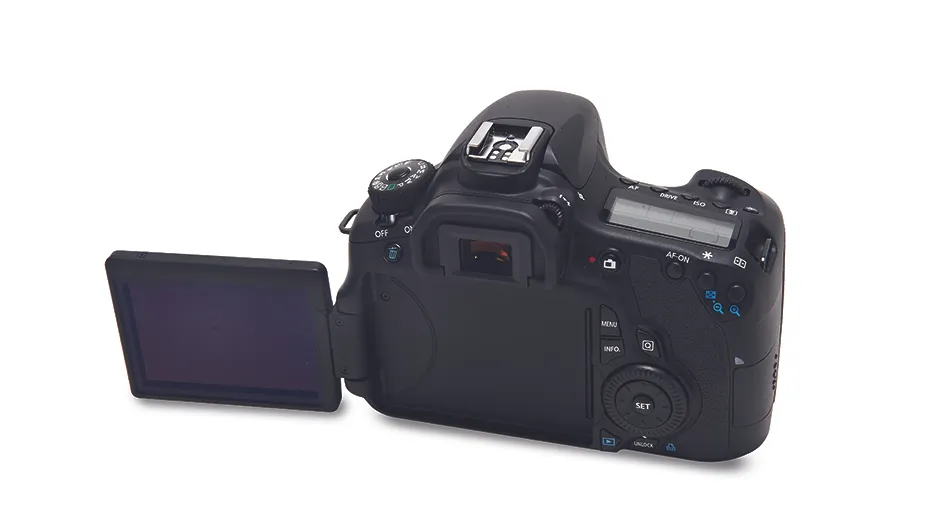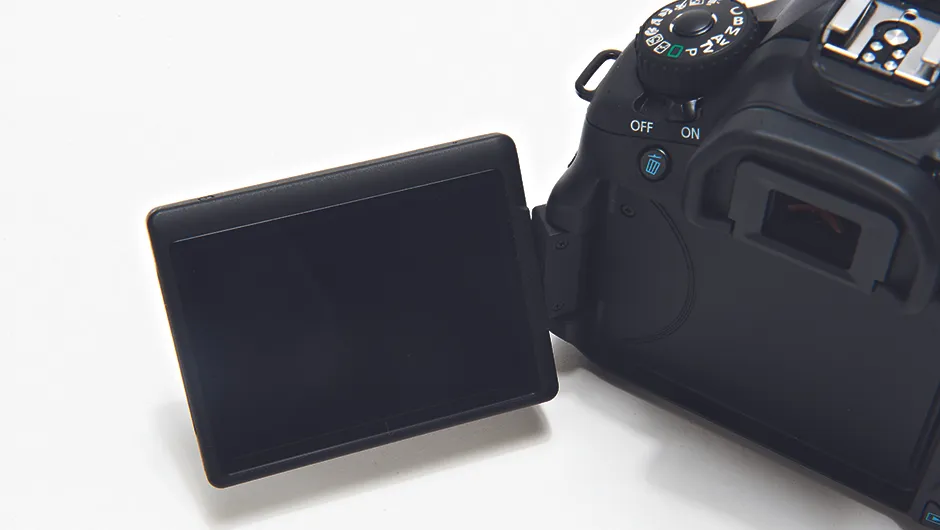In recognition of the fact that many people use Canon cameras for deep-sky imaging, the company has developed a variant of the 60D EOS DSLR dedicated to astronomy – the 60Da.
This is a standard Canon 60D EOS DSLR with a replacement infrared-blocking filter that lets in up to three times more h-alpha light than the base model, putting the all-important scarlet hues back into deep-sky objects.
DSLR cameras are great for astro imaging.They allow you to take extended exposures of the night sky, and the fact that you can review the results immediately afterwards means you can alter settings on the fly to get your shots just right.
Standard DSLRs aren’t perfect for astro imaging though: they have a filter that reduces the amount of infrared light that enters the image sensor.
These so-called ‘hot mirrors’ are needed because DSLR imaging chips tend to be very sensitive to infrared light.If left unchecked this would, among other things, cause issues with colour balance in normal daytime use.
Unfortunately, infrared filters also tend to block other red wavelengths, including the all-important hydrogen-alpha (h-alpha) wavelength at 656.3nm.
Many deep-sky objects emit strongly in h-alpha, so using a filter that blocks this light isn’t ideal; it often causes objects to appear less detailed and off-colour, typically rather too blue.
Keep your DSLR in good condition with our guide on how to clean a DSLR camera.
Get the most out of your camera with our DSLR guide.

Building on past success
The 60Da EOS DSLR isn’t the first camera that Canon has developed with astrophotographers in mind. In 2005 it launched the 20Da, a specialised version of the 20D with a modified infrared-blocking filter that let more h-alpha light through.
Despite its higher price tag compared with the 20D, the limited run 20Da turned out to be very popular indeed.
The 60Da is a fine camera in its own right.
It has all the features you’d normally expect of a modern DSLR including a live view, the 10x magnification of which is excellent for focusing on bright stars and planets.
It also includes a 1,040,000 pixel, 7.5cm tilt-and-swivel review screen.
This is a useful feature if you intend to attach the camera to a telescope because it allows you to view the screen even when the back of the camera is in an inaccessible position.
Changing the camera’s ISO alters the amplifier gain, which is used to stretch the recorded signals.
Unfortunately high ISO values also amplify image noise. In earlier models, using an ISO higher than 1600 produced images that had significant background noise – they were a bit of an acquired taste.
The ISO range in the 60Da runs from 100 up to 6400 with a switchable extension to 12800.
The combination of the DIGIC 4 processor and some excellent noise reduction algorithms means that several ISO values above 1600 are much improved, which is excellent news for meteor photographers.

Our wide-field shots of the Milky Way passing through Cygnus and down towards Sagittarius, taken using a 14mm f/2.8 lens, were quite acceptable up to ISO 6400.
At ISO 12800 there was some detail loss and noise present, but the results weren’t terrible.
The upside of this is that it’s possible to take decent wide-field, non-trailed, short exposures of our Galaxy with the camera mounted on a fixed tripod.
Slipping back to ISO 1600, we took some test shots of the North America Nebula through an f/3.3 astrographic telescope.
This object emits strongly in h-alpha, and comparing the results with shots from an older 20Da model revealed that the level of red detail coming through was very similar.
If you’re wondering if this is the perfect DSLR for astrophotography, it comes very close.
It could do with an option to switch the review screen to a red night-vision mode, and it could do with a better way to identify the various control buttons and dials in the dark – they light up bright white.
The inclusion of an intervalometer, as found on some Nikon models, would be good too.
Perhaps one day this will happen, but in the meantime kudos to Canon for making the effort. The 60Da is definitely a very impressive camera for astrophotography.

Where to buy
Vital stats
- Price £1174.99
- Weight 700g
- Supplier The Widescreen Centre
- Telephone 020 7935 2580
- Websitewww.widescreen-centre.co.uk
